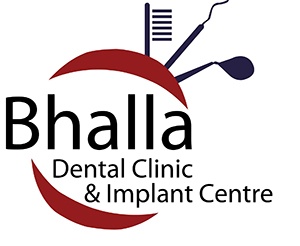Say you have just completed the final session of dental treatment on a patient with long-term discomfort. And just when you thought everything was hunky-dory, the patient tells you: “This tooth is hurting now. It wasn’t aching before we did this!” You feel your heart in your mouth – is the patient casually mentioning this or are they starting to get angry about it? How are you going to handle this if it gets out of control?
Take a deep breath and think of the reason. There must be something at odds with the treatment you just performed, or most probably, just a bit of extra tooth sensitivity. While you’re thinking, don’t forget to acknowledge the patient’s pain. Thank him for pointing it out to you and let him know that you will make every attempt to understand his problem. Make it clear that you’re going to get to the root (no pun here) of the problem.
Now patiently explain what you think is the cause of the recurring or newly-found toothache. State that it is just a preliminary diagnosis, but since the treatment has already been completed, it is okay to downplay the pain. Problems such as sensitivity are very common with restorations.
There are also times when a root canal or smile makeover is performed, we stir up a hornet’s nest and tooth or gum decay that was not enough to cause pain would come to the fore. The tooth may not be bothering the patient up to that point, but it would have just reached that point of no return with the oral procedure that you just performed. You might start to try and identify if there’s a major problem with bite adjustment. You may sometimes need to replace tooth fillings because there might be air bubbles underneath. If the patient is concerned about money, you need to inform them that it’s actually a good thing that the tooth didn’t hurt before the treatment, because that’s a sign that it might need a lot more work than a filling!
Remember that it’s your responsibility to make your patients’ teeth feel better and provide the best treatment to their utmost satisfaction.




